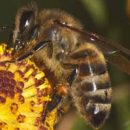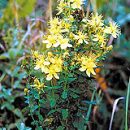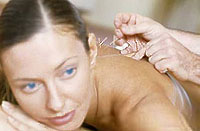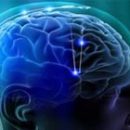Apitherapy is widely used in medicine for a long time. Honey bee is the best natural pharmacist. Therapeutic effect is provided by a number of biologically active substances that distinguishes the bee.
Content
The history of beekeeping
From ancient times in medicine, various beekeeping products were used. Honey Bee - Wonderful Natural Pharmacist. The bee appeared at fifty, sixty thousand years before man. Many historical monuments indicate that primitive man knew and loved honey.
About 6,000 years ago, the population of Egypt, along with pigeons and chicken, bred and bees. Ancient Egyptian pyramids and tombs confirm that the Egyptians used honey not only as food, but also as therapeutic, cosmetic and preservative. Widely developed beekeeping and india 4,000 years ago.
Honey attributed a variety of nutritious and therapeutic properties. Indians used him as an antidote in poisoning vegetation, animals and mineral poisons. The Chinese were also known bees, and they were engaged in beekeeping with great love. Beekeeping was developed in Palestine, where a lot of bees roams lived on the rocks.
It is known about the large production and consumption of honey in Arabia. Arabs considered Honey to God for nothing and called him an electric. In ancient Greece, the first knowledge of the life of bees and their breeding. Beekeeping was well developed and within the Roman Empire. Romans were known not only to food and therapeutic, but also preservative properties of honey.
The great representative of Arabic Medicine Avicenna recommended honey as a medicine and food that extends the lives of people. Beekeeping was the favorite occupation of the ancient Slavs. In Russia, the nutritious and therapeutic properties of honey were known. It was used in the treatment of a number of diseases, mainly outdoor wounds.
Beekeeping products
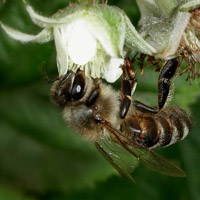 Apiiterapia is called treatment of human diseases of bees and therapeutic products that produce bees. The development of modern beekeeping made it possible to broader scientific work on the study of the mechanism of action of products produced by a honey bee, to the human body and introducing them into medical practice.
Apiiterapia is called treatment of human diseases of bees and therapeutic products that produce bees. The development of modern beekeeping made it possible to broader scientific work on the study of the mechanism of action of products produced by a honey bee, to the human body and introducing them into medical practice.
The honey bee produces a number of various substances:
- honey
- wax
- Bee glue (propolis)
- Bee bread (Perga)
- Royal Milk
All these substances are used in various industries, agriculture and medicine. In addition, honey is the most valuable food product.
Currently, knowledge of the chemical composition of beekeeping products (especially the bee poison and royal milk) was significantly expanded, the mechanisms of their action on the body of a healthy and sick person, about the possibilities of using them with therapeutic purposes with a wide variety of diseases.
It should be emphasized that all beekeeping products, especially the bee poison and uterine milk, very active substances and in improper dispensing or with increased sensitivity to them may be very toxic to humans. The appointment of all these drugs requires a thorough preliminary examination of the patient and observing it during the entire period of treatment. Therefore, use the products of beekeeping with therapeutic goal is possible only on the prescription and the direct control of the doctor.

